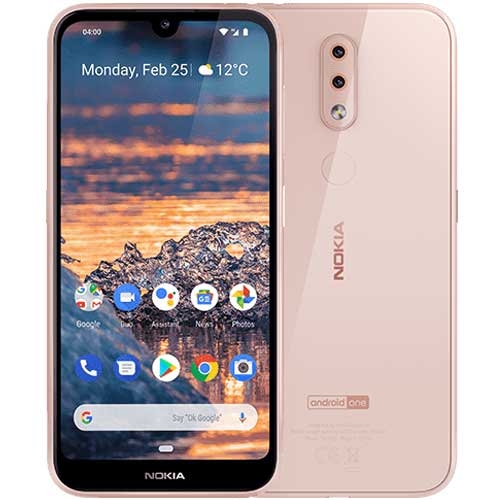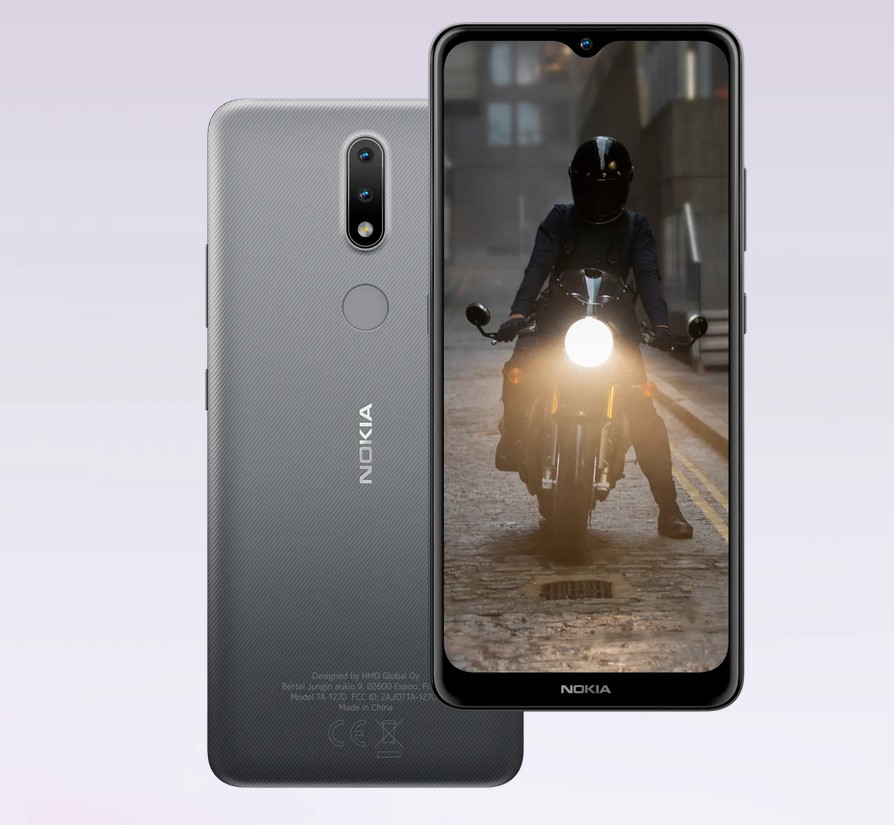
Like always, the Google Assistant (GA) button cannot be remapped natively, though you can with a third-party app like Button Mapper. The volume and power buttons are placed on the right, while there’s the trademark dedicated Google Assistant button on the left.įinally, you’ll find the secondary mic, a micro USB port, and the speaker grille at the bottom.


Moving on, there’s a 3.5mm headphone jack at the top frame alongside a primary microphone. Nokia 2.4’s color options are quite attractive as well even though it doesn’t have a fancy reflective back.Īvailable in Fjord, Dusk, and Charcoal variants, the latter that I have with me complements the overall aesthetics nicely. The tiny space between the ridges may also attract dust particles which will be a little hard to get off. Similarly, the rear panel is immune to fingerprints and smudges too, although it can get a little clammy after a while. This offers a nice grip and even though it’s not a compact phone, I had no trouble holding it in. As expected, it has a polycarbonate body with a 3D nano-textured cover at the back. For what it’s worth, the phone much more premium for the price. It is still sturdy and feels super nice on the hand. Like I said earlier, there’s hardly any deviation in the design language of the Nokia 2.4 compared to the Nokia 2.3-let alone an overhaul.

Software & UI: Android 10 (Android One).Storage: 32/64GB eMMC 5.1 internal storage (expandable).Chipset: MediaTek Helio P22 (12nm mobile platform).Resolution: HD+ (1600 x 720 pixels), 20:9 aspect ratio.Display: 6.5-inches IPS LCD panel, 80.6% screen-to-body ratio, 270 PPI.So, how does this “iterative upgrade” of a phone perform? Allow me to discuss more in this review of the Nokia 2.4. Anyway, the new Nokia 2.4 doesn’t really evoke a sense of innovation as the Finnish company didn’t bother to bring any changes from its predecessor-I’m talking about the design, of course.

Maybe that’s for the better, or worse: it’s not up to me to say. Nokia phones, especially the budget and mid-range ones, share this cohesiveness in terms of their design, relative performance, and overall user experience.


 0 kommentar(er)
0 kommentar(er)
